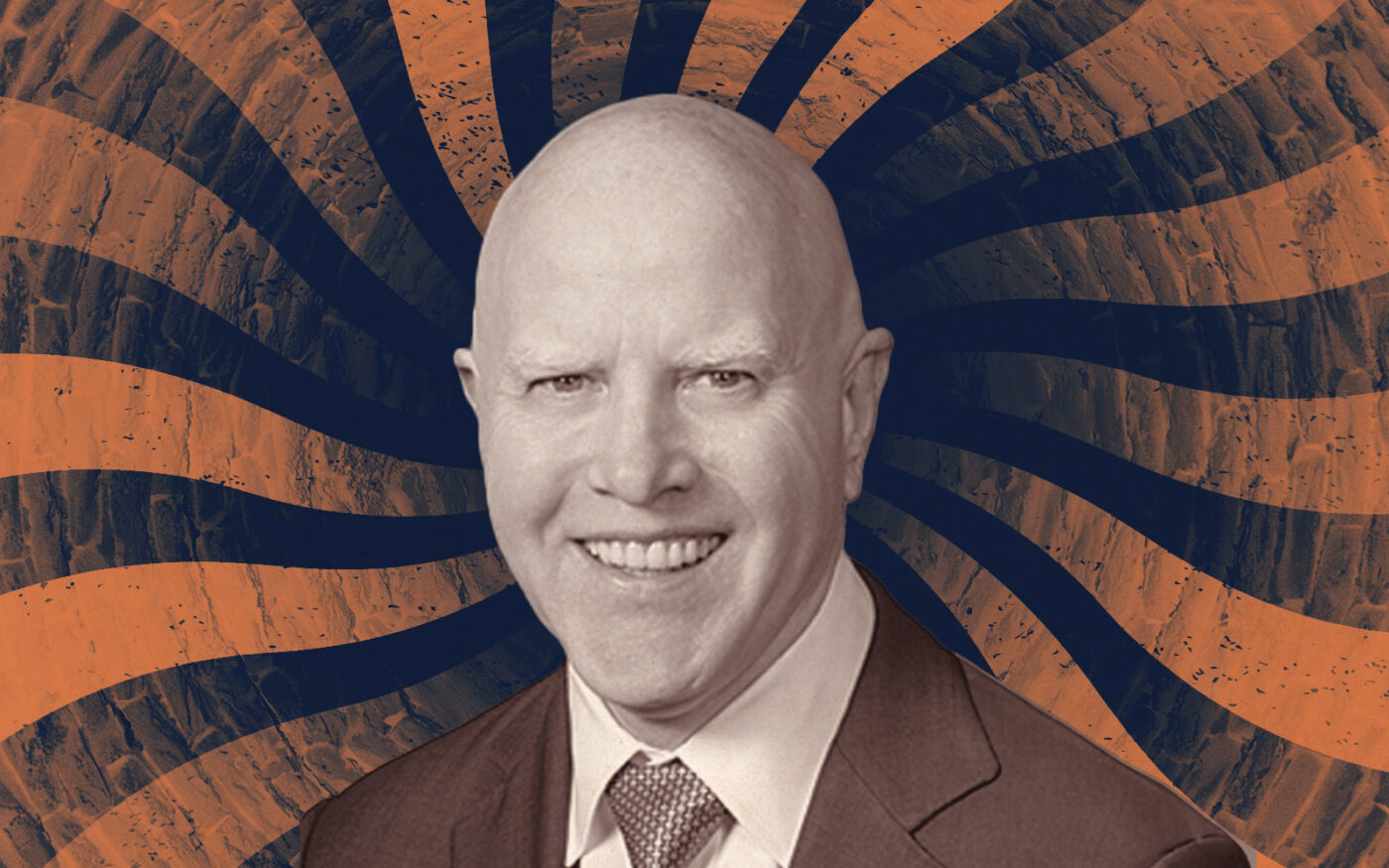When a Citi analyst downgraded Bank OZK from a buy to a sell, sending the stock price tumbling 17 percent, the news shook the industry.
Normally, an analyst’s downgrade is not the center of real estate water cooler conversations. But OZK is arguably the most important bank in commercial real estate. It is watched more closely than any other bank, and for good reason.
It’s written checks for billions of dollars to the largest developers in Miami, New York, Chicago, and Los Angeles. At a time when others have pulled back, OZK doubled down. In the first quarter of this year alone, it provided $688 million in construction financing.
Critics have claimed this model is risky. Some point to Chicago-based Corus Bank as an example; the bank was seized by regulators during the Great Financial Crisis after lending to condos. OZK has had a similar history of brushing aside regulators’ recommendations around the concentration of real estate loans relative to its capital levels.
Bank OZK is the 55th largest bank in the U.S, by asset count, edging out Gulfport, Mississippi-based bank Hancock Whitney Bank, according to the Federal Reserve.
Banks of that size are often the go-to banks for local real estate operators and high school football teams looking for sponsors, not luxury condo towers in Sunny Isles or Manhattan. Its San Diego loan represented nearly 2 percent of the bank’s total assets.
It’s an unusual business model for a bank. It’s also what draws the most scrutiny, considering that perhaps a regional bank, which takes in customer deposits, should not be competing with high-flying debt funds.
In a 2017 interview, Bank OZK CEO George Gleason denied that the bank’s lending is risky. “I view us as ‘very active’ in the real estate space, but very conservative,” he said, pointing out that loans are made at low leverage, and Bank OZK is always the sole senior lender. Plus, there’s a ton of equity in these projects, he points out: Buyers at condo units are required to put down hefty deposits.
So far, Gleason’s thesis has largely proven right. The bank has had minimal write-downs of its commercial real estate loans, and net income attributable to shareholders reached $674.4 million, more than doubling, since 2016.
But Citi’s downgrade signals growing concern that the troubles impacting commercial real estate are rolling over to Bank OZK.
“The company has had its name associated with skyline-altering commercial development projects, with minimal total loss content,” Gerlinger said in a note. “However, we have newfound, but substantial concerns with what we believe to be OZK’s largest individual loan, a multi-use project in Atlanta, and Life Science construction lending in general.”
There’s a more nuanced point here. Much of OZK’s growth period happened during a period when the real estate market didn’t really see much distress. Its construction lending totaled just $336 million in 2005. In the first quarter of this year, that lending reached $12.3 billion. The bank has a drastically different business model from the last crisis.
Until the Federal Reserve spiked interest rates, owning real estate in a major U.S. city was largely a safe bet. Land was finite, values went up, foreclosures were few and far between, and financing was plentiful.
But things are different now. Offices are plagued with vacancies and life science leasing is dismal. Even some apartment owners (the good asset class) are struggling to cover their debt service because of higher interest rates. Billionaires, or possibly former billionaires, like Charles Cohen, Ben Ashkenazy, and Harry Macklowe, have all faced serious foreclosures. Even smart money like Brookfields, Blackstone, and Starwood have lost a few properties.
Either through luck or skill, Bank OZK’s loans have not recorded serious delinquencies. An impressive feat.
There’s nothing to suggest the bank’s loan portfolio is facing wide-spread distress. The loans questioned by the Citi analyst still appear to be current on payments and there is substantial equity in those projects, according to a filing by Bank OZK.
But, again all in the hypothetical, you have to consider the what if: What if one of OZK’s loans ends up in the non-performing category?
Back in 2018, OZK marked down two loans backed by a townhome project and a regional mall in North Carolina and South Carolina. Both of these loans were held by OZK since the Great Financial Crisis. (Bank OZK later settled with investors for $45 million, after a class action lawsuit where investors alleged OZK made false and misleading statements related to the loans.The bank did not admit any wrongdoing or liability).
OZK said in 2018 the two loans pre-dated its current real estate strategy. The bank was previously focused on stabilized and transitional properties at higher leverage instead of construction lending to high-end projects at low leverage.
Nonetheless, its stock nose-dived over 25 percent.
This happened years before talk of things like the urban doom loop. Office buildings were not trading for pennies on the dollar, and there were no string of bank failures like Signature Bank or First Republic. Investors are rattled by any worries tied to regional banks.
In the past, Gleason has proven his critics wrong. But this may be his biggest challenge yet.
